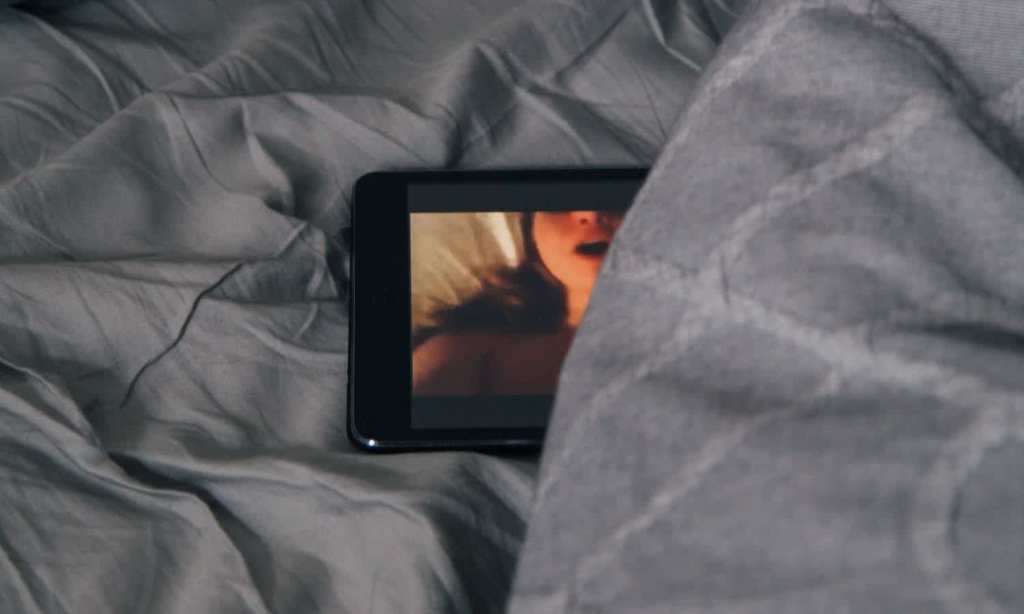There is absolutely nothing wrong with having a healthy sexual appetite. There’s also nothing wrong with sexuality that involves masturbation. Some people turn to erotic reading websites while another trend is audio porn.
In terms of pornography, video pornography is frequently turned to as people frequent websites like PornHub, RedTube and YouPorn. As a country, we’re the ninth biggest source of traffic to PornHub worldwide, according to ABC. In a 2016 study conducted by the University of Sydney, 84% of men and 54% of women admitted to looking at pornographic material.
Yes, it’s common, but there are issues surrounding the porn industry and the impact it has on some individuals — like the publication Healthline said, “Most people who use porn can do so without negative consequences.” However, as we’ve seen through the public confessions of people like Terry Crews and Andra Day, there’s enjoying porn — and then there’s porn addiction.
Brooklyn Nine-Nine star, Terry Crews, said he was addicted to pornography at 12 years old, and it was something he had to go to rehab for in adulthood. It may sound shocking to be addicted to porn at such a young age, but according to WA Child Safety Services, the average age of first exposure to porn in Australia is between 8-10 years of age.
Andra Day, the award-winning actress who played Billie Holiday in The United States vs. Billie Holiday, admitted in an interview with InStyle that she had dealt with porn addiction and sex addiction, and was being so candid about her addiction because “I’m not the only one.”
It is still hotly contested if porn addiction is a ‘real thing’. Yet Dr Valerie Voon, neuropsychiatrist and neuroscientist at the University of Cambridge, said, “Compulsive porn users react to porn cues in the same way that drug addicts react to drug cues.”
Psychotherapist, addictions specialist and director of Rough Patch, Amber Rules explained why it is hotly contested, as “Non-substance related addictions, known as process or behavioural addictions, are hard to classify, because there is no physiological dependence on a substance to measure.” But in her point of view, “Whether or not it’s classified isn’t too important — if it causes you or the people around you suffering or harm, then it’s a problem.”
So how does one know when their viewing of porn has crossed a line?
“Do you use pornography more than you want to? Do you avoid doing other things so you can watch pornography? If you masturbate when watching pornography, is it causing you physical pain due to frequency? Is it preventing you from enjoying sex with other people? Do you avoid social or work commitments in order to watch pornography?”
These may be some of the signs your enjoyment has crossed into dependence, according to Rules.
Concerned about the problems porn addiction can bring? If porn is impacting your relationships with sexual or romantic partners, this can cause conflict, including: “Jealousy, hurt, doubt and a myriad of other responses.” It may also cause the person to be “distant or preoccupied.”
One reason people may not be open about their addiction, as Rules explains, is addiction itself is “deeply stigmatised and misunderstood, even by people who work in the addiction field.” Another reason is that “Pornography use is still considered a moral issue.” This stigma can create “shame and confusion.”
If you are concerned about yourself, or a loved one, Rules says “Remember that if a partner using pornography, whether infrequently or excessively, it doesn’t automatically mean they aren’t attracted to you or don’t love you.
“When approaching this conversation, do your best to remain calm and curious — seek to understand what is happening and ask open-ended questions to encourage conversation.
Although it might be painful for you, shaming, yelling, demanding answers or guilting someone doesn’t work. You could also seek advice from a sex-positive therapist or couples therapist if you need extra education and support.”
If it’s your teenager you’re worried about, take a slightly different angle. But first and foremost “Try not to shame them — people are more open to listening and learning when they feel you are coming from a place of collaboration rather than criticism.”
Remember, curiosity about sex is normal — so normalise it! In addition to this, Rules suggests “Reading or watching educational content about sex” — understanding ways teens can learn about sex outside of pornography is important. Another thing to help them understand? “That pornography is usually a very unrealistic portrayal of sex.”
If, as a parent, you’re unsure about pornography yourself, Rules says that “you could undertake learning about it together.” Another option is to “see a sex-positive therapist (with or without the young person) who can help you navigate these conversations.”
Read more stories from The Latch and subscribe to our email newsletter.







